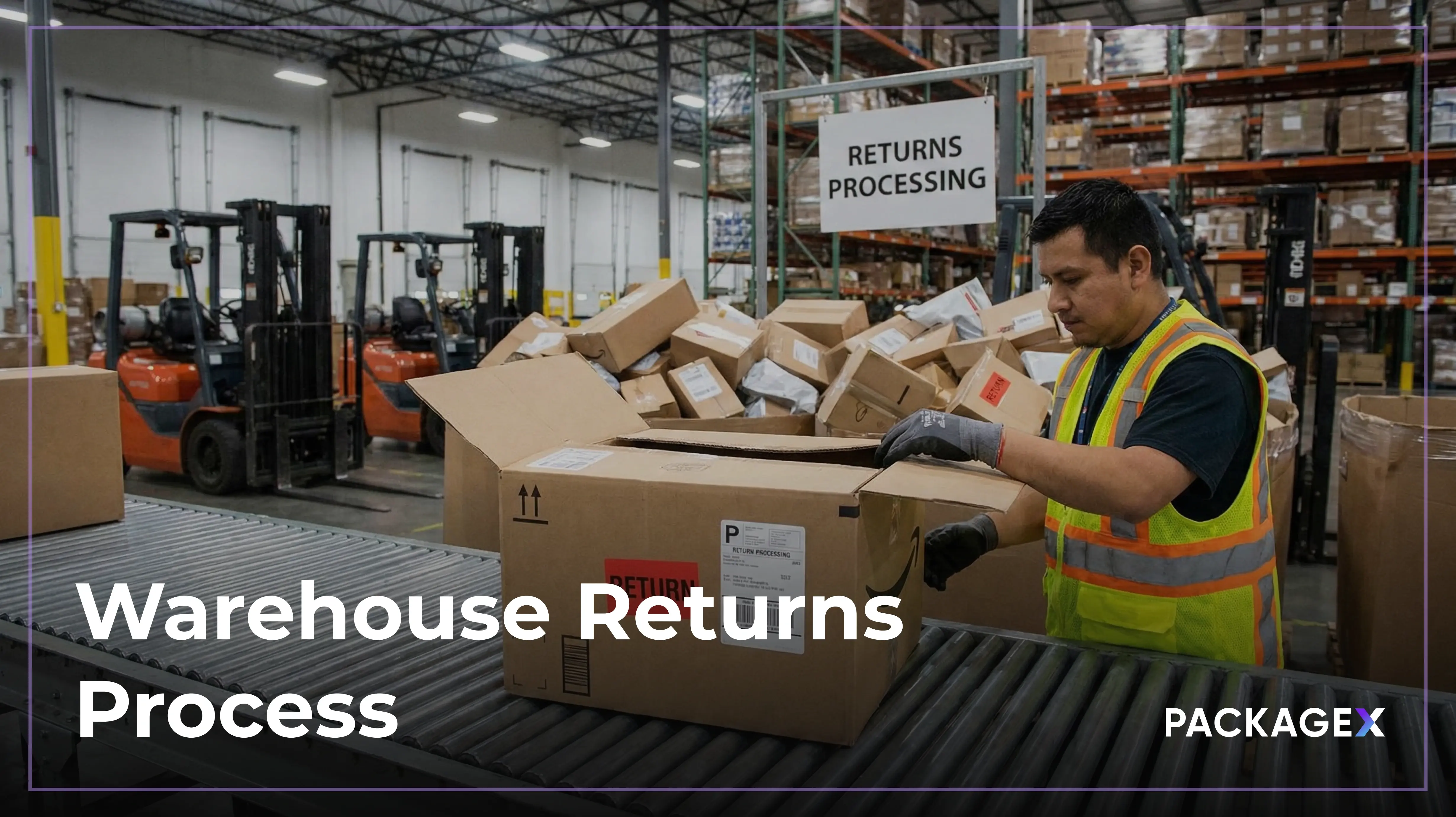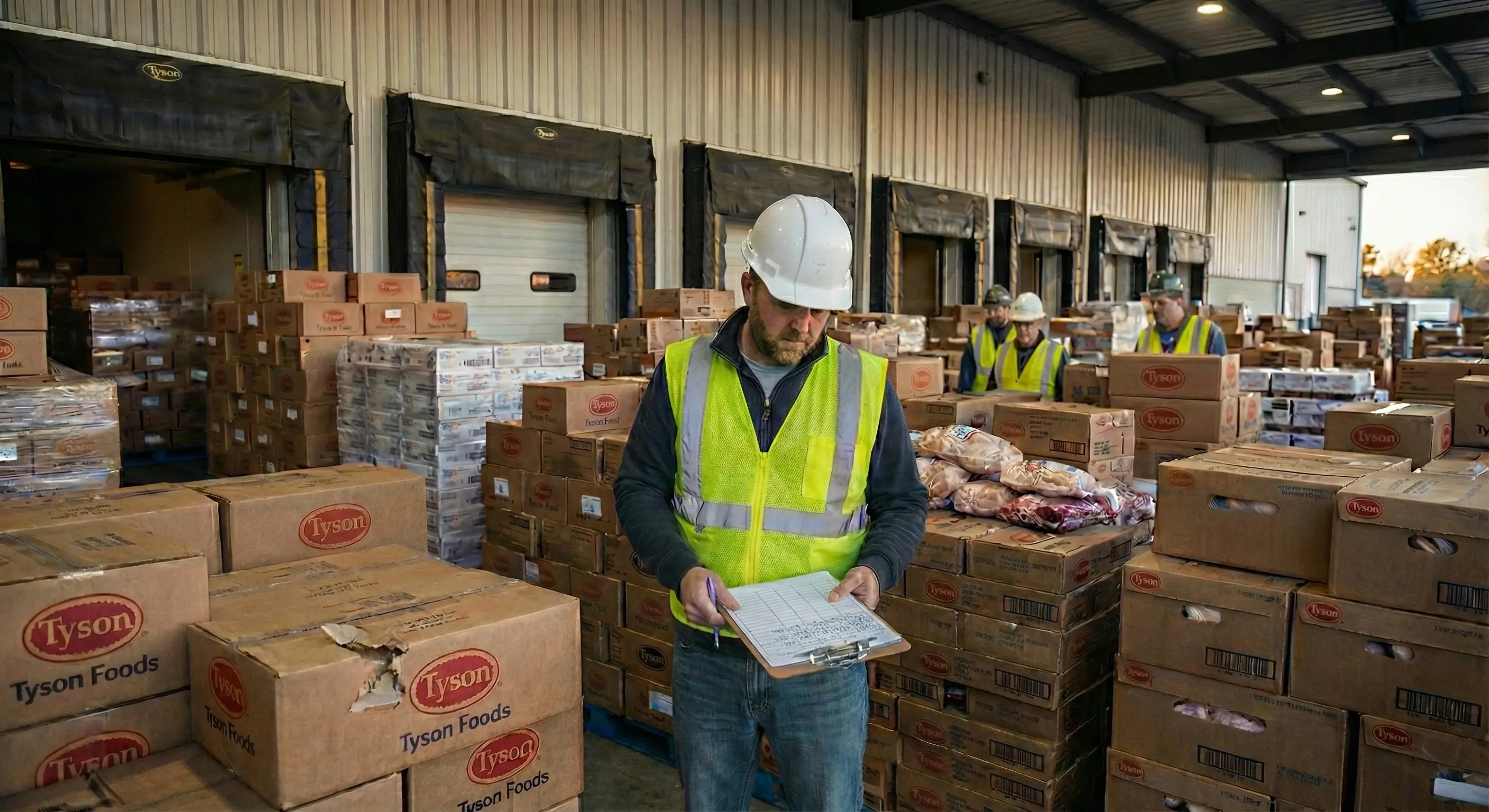Multi-tenant buildings and apartment complexes are experiencing an upsurge in package deliveries every day. The pandemic squeezed ten years of digital sales penetration into three months. While the eCommerce growth has started to settle, it tuned everyone to order more online. Likewise, the work from home is not going away, and multi-tenant buildings will never see a reduction in package volumes. These trends have rewired consumer behavior and expectations of fast, reliable, and effortless delivery. In 2020, almost 25 billion packages were delivered by USPS, UPS, FedEx, and Amazon in the US, averaging about 70 million packages per day.
The last yard of the final mile delivery at multi-tenant buildings has become a massive pain point for building owners and property managers. Last yard delivery refers to the final part of last mile delivery where the delivery person reaches the destination building and drops a bag or pallet of packages at the front desk, mailroom, or concierge and leaves. It becomes a building's responsibility to log, notify, store, retrieve, and hand over the package to the recipient.
This package problem challenges the status quo as multi-tenant buildings are not equipped to handle the skyrocketing package deliveries. However, package volume is not the only logistical headache. The pen and paper methods and outdated and legacy package management solutions are not designed to deal with the recent spike in package volume. The inefficiency in how packages are dropped, insufficient storage solutions, delays in package management and pick-up also contribute to the widespread problem multi-tenant buildings face. As a result, both tenants and building staff suffer.
In this article, we will dig into the challenges associated with the last yard package delivery at multi-tenant buildings and offer valuable insights on how to solve them.
Some Facts First
- 1 out of 8 Americans lives in an apartment ~41 million individuals.
- Each apartment (or a door), on average, gets about 11 packages a month based on data from PackageX.
- Apartments in the US receive about 2.6 billion packages annually carrying goods worth more than $100 billion at this current rate.
- Carriers like USPS, UPS, FedEx, and Amazon mark their job as complete when they deliver packages in bulk at a building.
- Carriers typically leave bags or pallets of packages with the concierge, mailroom, central receiving, or put them in lockers.
- Buildings typically log, store, and notify the tenants or recipients of packages' arrival. They sometimes move packages between buildings, deliver packages to the door, or wait for tenants to pick up their packages, either assisted or self-service.
- 20% of tenants are not satisfied with the package management at multi-family buildings.
- A 2021 analysis by Swiftlane shows that almost 50% of tenants report package theft.
- Around $5.4 billion worth of packages were stolen from multi-tenant buildings in 2020.
- 1 in 5 tenants believe that package management is one of the essential amenities.
Challenges Associated with Package Delivery
- Buildings are becoming part of the extended last mile.
- Delivery isn't complete until the package is in the hands of a tenant or a recipient.
- Buildings offer package services to their tenants as part of the rental amenity or a selling proposition.
- The multi-tenant buildings and their staff are struggling under the weight of climbing packages volume and deliveries. 68% of the building staff spend up to 4 hours a week managing fast-growing delivery volumes.
- Packages are lost, delayed, or stolen after the carriers drop them off, mainly due to pen/paper methods, lack of protection, outdated tech at front desks, mailrooms, package rooms, etc.
- A 2019 analysis by the New York Times reported that over 90,000 packages were stolen every day in NYC, and roughly 205,000 packages were stolen every day in 2020.
- Buildings think it should be carriers' or delivery drivers' responsibility to ensure package delivery to their tenants.
- On the other hand, carriers have to do multiple deliveries each day, and they cannot spend time dropping these packages at each unit (sometimes they can't go up) or put them one by one in a third-party locker.
- Tenants have limited access to the package room, and they cannot get to the packages when they need them.
In the end, who suffers?
The tenant or a recipient whose delivery is lost, delayed or stolen. In many instances, the sender ends up re-shipping if it's replaceable, and that’s mostly retailers.
Two Key Questions
Two key questions should be considered before moving towards the solution to resolve all the challenges associated with the last yard delivery at multi-tenant buildings:
- Who should ensure packages get to the tenant or recipient in a multi-tenant setting or an apartment complex? Should the liability for the last yard delivery management live with a carrier, building, or a sender?
- As a tenant of a multi-tenant building or a residential complex, are people willing to pay some extra amount in their rental to get the best package management experience? Or do they think their rental is enough to get the best package receiving and pickup experience?
What Are Tenants' Preferences?
Tenant priorities are changing with the change in their behavior. Among all the amenities that tenants request, package management is at the top now.
What do tenants prefer when it comes to final mile package delivery?
It is an important question that reflects the willingness of a tenant to pay some additional amount in their rental for secure package delivery.
According to Multifamily Executive’s Concept Community statistics, 28% of tenants consider package lockers very important. In addition, 70% of the renters expect this service to be free. As per Wakefield Research Survey and National Multifamily Housing Council (NMFC) Research, 31% of residents would pay $5 to $10 extra per month for improved package delivery.
It shows that tenants expect a smooth, efficient, and technologically advanced package reception and delivery at multi-family buildings. According to the NMHC/Kingsley Apartment Resident Preferences Report, 84% of tenants want secure, self-service, and 24/7 package access, and they might pay an additional amount for this service. Here multi-tenant buildings need to play smart and upgrade their logistics workflows by opting for automated package management solutions.
What Is the Solution?
To ensure successful delivery to the tenant or recipient, multi-tenant buildings need to upgrade their package management system. After all, it is the responsibility of the building to make sure the tenants receive their packages safely. There are multiple ways you can streamline the last yard package delivery at your building without burdening your staff.
Some smart solutions include the following:
- Package management apps
- Parcel locker systems
- Third-party package delivery services
Package Management Apps
Automated package management apps like PackageX Receive speed up the package processing and send instant notifications to the residents. In this way, the on-site teams at the multi-tenant buildings save a lot of time as packages are processed and logged in seconds. Also, the package is safely delivered to the resident.
As the carrier delivers the package to the building mailroom, the on-site team scans the package label with the app. After that, an email or a text message is sent to the resident to notify them with a picture of the delivery. Once the recipient retrieves the package from the mailroom, the delivery is marked complete by the building staff.
Package management apps instantly notify residents about their packages and ensure visual chain of custody by digitizing the package logging process as a paper-based system or barcode scanner-based solutions are no longer effective. Moreover, it is a cost-effective solution compared to parcel lockers or smart package rooms.
Parcel Locker Systems
Another way multi-tenant buildings or apartments can ensure final mile delivery is through parcel lockers. You can connect your parcel lockers with apps like PackageX Receive and Label OCR API to scale the package management operations. According to the NMHC/Kingsley Package Delivery Survey conducted in 2018, 57% of apartment managers believe that self-serve package lockers are the most suitable way to handle final-mile package delivery to the tenants. The carrier delivers the package to the locker, triggering an email or text to the resident. As the tenant receives the notification and the secure access code, they can retrieve their package conveniently at any time.
Moreover, a package locker system also helps you tackle issues like package theft and storage. You can eliminate face-to-face contact between residents and community managers by using lockers.
However, parcel lockers are not scalable and flexible. Finding a suitable location to put the lockers in an area accessible to carriers and residents 24/7 without needing a staff member is a challenge. Also, all packages do not fit into the lockers, and residents do not pick up their packages on time, leading to pile-ups.
{{returns-webinar}}
Third-Party Package Delivery Services
Multi-tenant building owners can also use a third-party package management service to enable direct delivery to the residents. This mode of package delivery has become popular due to its approach of managing packages offsite and delivering them directly to the residents.
The most significant advantage of this service is that residents get the parcels at their doorstep. They do not have to visit the community office every time they have an incoming delivery. Similarly, on-site teams also do not have to log deliveries or notify tenants. But even in this case, packages are to be delivered to the building mailroom because, at times, the delivery person cannot reach the recipient directly at their doorstep.
However, all these solutions come with a cost that residents have to pay. Buildings that offer package management services charge tenants an extra amount in their rents. Many tenants feel irritated about paying for a service that should be an expected amenity, but some are willing to pay higher rent for a better package management experience.
Conclusion
Multi-tenant buildings are a part of the extended last mile, and ensuring last yard delivery at such buildings has its own share of challenges. However, these issues can be resolved if multi-tenant buildings take full responsibility for secure package delivery to the resident. Carriers cannot deliver packages at each unit as they have multiple deliveries to make. Therefore, buildings have to devise a modern strategy and use advanced logistics solutions or software to ensure packages reach the tenant safely and the delivery is completed.




